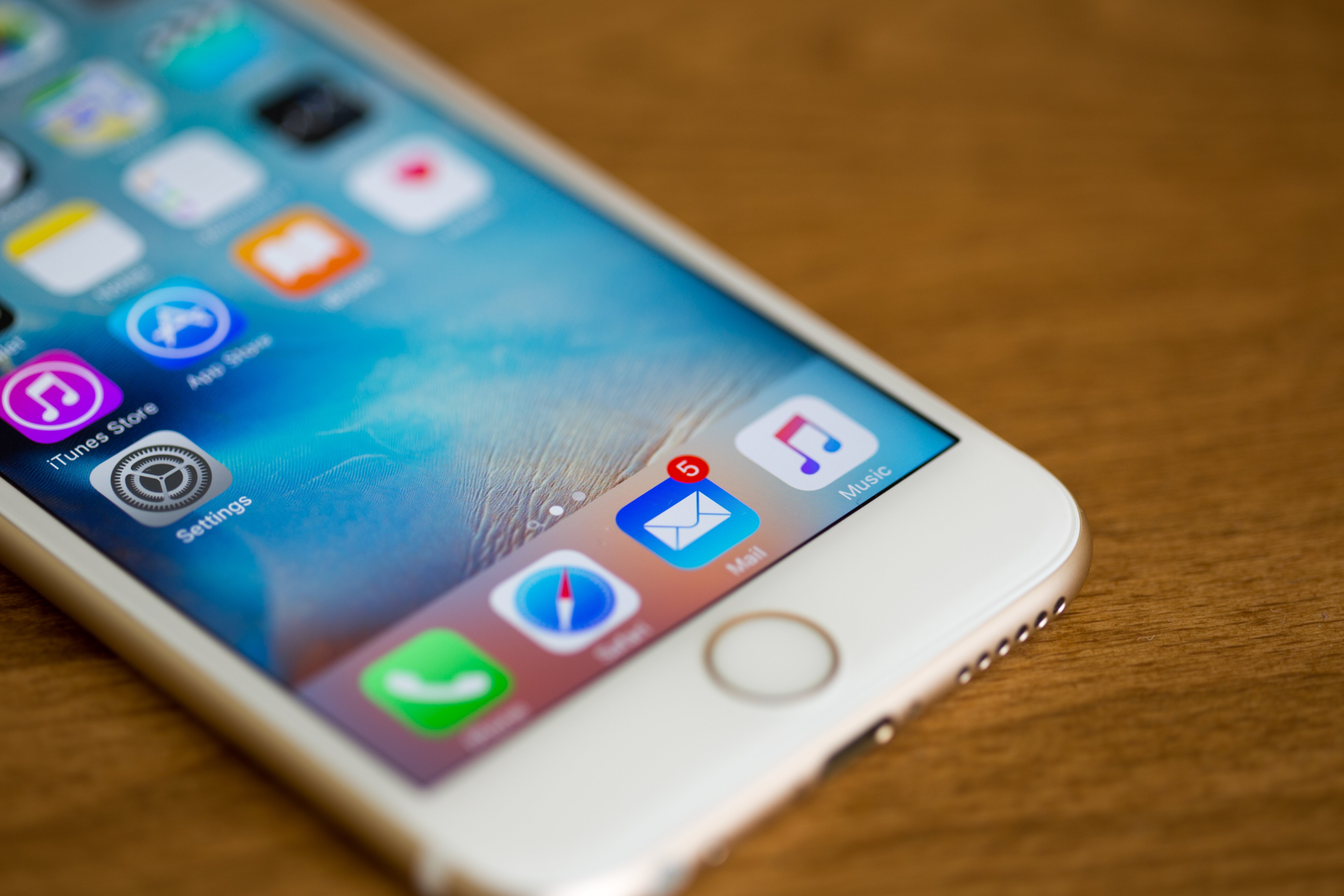This 1 iPhone Setting Might’ve Caused The Signal Debacle. Here’s Why You Should Turn It Off.

Last month, Donald Trump’s national security adviser Michael Waltz blamed his phone for accidentally including a journalist in a Signal group chat of Trump’s top intelligence officers.
In an interview, Waltz previously said Atlantic magazine editor-in-chief Jeffrey Goldberg’s number got “sucked in” by his phone. But as the Guardian reported over the weekend, we now have new details as to exactly how this extraordinary security failure may have happened, and it wasn’t by some tech vortex sucking up a phone number ― the mix up may have been caused by a rather ordinary iOS feature.
Advertisement
According to the Guardian, this mistake started when Goldberg ― the journalist who ended up disclosing the Signal chat discussing planned strikes against the Houthi militia in Yemen ― emailed the Trump campaign last fall. This request got sent to Trump spokesperson Brian Hughes, who then copied and pasted Goldberg’s email ― which included Goldberg’s phone number ― into a text message that got sent to Waltz.
After Hughes sent a text with Goldberg’s phone number, “The number was erroneously saved during a ‘contact suggestion update’ by Waltz’s iPhone, which one person described as the function where an iPhone algorithm adds a previously unknown number to an existing contact that it detects may be related,” the Guardian reported.
In short: The iPhone feature suggested Goldberg’s number be added under the contact information for Hughes, and Waltz mistakenly accepted this contact information as correct.
Fast-forward to last month, when Waltz was making a Signal group chat of Trump’s top officials, and seemingly meant to add Hughes but ended up adding Goldberg’s phone number instead.
Of course, the bigger sin Waltz made was using a commercial device like an iPhone in the first place to coordinate secret war plans, privacy experts note. But it’s important to realize that the built-in algorithmic suggestions that phones suggest to us are not always correct ― and even if they are accurate, they can be a privacy risk.
How To Turn Off iOS Contact Suggestions (And Why You Might Want To)
If you’re an iPhone user, your phone number is connected to your contact information. When you’re networking with people, your phone may automatically make connections based on assumptions about contact info that are simply not true.
“I tend to turn off any automation features on my devices, including the majority of Siri features, because I find them unpredictable and unhelpful,” said Thorin Klosowski, a security and privacy activist for the Electronic Frontier Foundation. “For me, it’s fixing an annoyance more so than a privacy issue, but I recommend that everyone take a beat to consider what risks these sorts of errors might result in for them, and if the feature’s worth that risk.“
We don’t know exactly which iOS settings Waltz had turned on, but there are a few main ways your iPhone will suggest contacts to you. Apple did not immediately respond to HuffPost’s request for comment on which iOS setting could have caused this debacle.
If you enable Siri, the feature will automatically suggest new contacts based on emails you receive in Mail and invitations you receive in Calendar. As Apple states on its website, “If you get an incoming call from an unknown number, Siri lets you know who might be calling — based on phone numbers included in your emails.“
To turn this feature off, go to Settings, then Apps, then Contacts, then Siri, or “Apple Intelligence & Siri” on some iOS devices. From there: toggle off “Show Contact Suggestions.”
You can go one step further and tell Siri to stop making “Contact” suggestions based on your app activities altogether. To do that, go to Settings, then Apps, select Siri under Contacts. From there, turn off “Learn from this App.”
Advertisement
“I tend to turn off any automation features on my devices, including the majority of Siri features, because I find them unpredictable and unhelpful.”
– Thorin Klosowski, a security and privacy activist for the Electronic Frontier Foundation
We Don’t Work For Billionaires. We Work For You.
Already contributed? Log in to hide these messages.
You can also limit how much access to your contacts you give to an app like Signal. This can be one additional guardrail against having mistaken contact information end up where it should not.
If you do not want an app to have access to contact information like phone numbers and emails that you logged in your Contacts, you can turn this feature off, too. Go to Settings, then “Privacy & Security.” Select Contacts, then tap the app you want to have full, limited or no access to your contacts.
Opting out of algorithmic suggestions does not have to end with the contact suggestions feature. I personally turn off the name-sharing feature, so that my full name and icon photo are not shared with people without my explicit consent.
Everyone’s privacy risk calculus is different though, and if you do find the contact suggestions that iOS offers to be convenient, at least, make sure it’s for the right person. By the Guardian’s reporting, one of Waltz’s many errors was accepting the iOS suggestion as accurate.
Do not immediately assume your phone’s connection suggestions are true. If your phone finds a number from your contacts, double-check that it lines up with previous numbers they have used.
Waltz learned this the hard way, but you and I can learn this without causing national security risks.

Comments are closed.